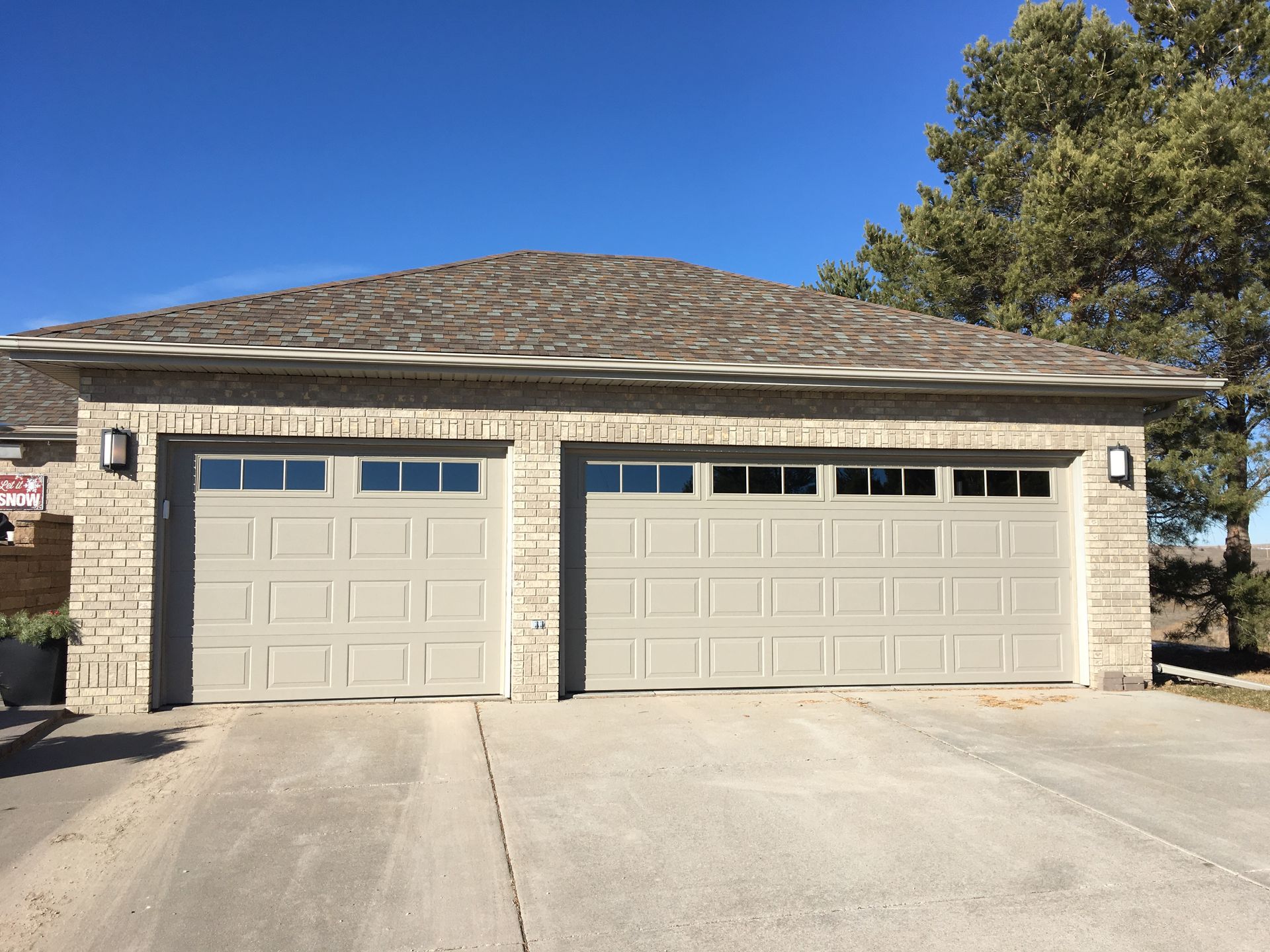Looking to add another layer of shingles to your roof? While it may seem like a simple fix, it’s important to weigh the pros and cons, check building codes, and explore expert alternatives.
Weighing Cost-Savings Against Long-Term Risks
Benefits: Opting to layer shingles can be a quick, cost-effective solution, saving both time and money by avoiding the need to remove the old shingles. Many homeowners on a budget find this appealing.
Disadvantages: However, there are several drawbacks to this method, such as:
- Extra weight on your roof structure, potentially leading to sagging or damage.
- Difficulty identifying and fixing underlying problems, like leaks or rotting wood.
- Reduced lifespan of the new shingles due to heat retention and uneven application.
Things to Know About Building Codes When Layering Shingles
Before layering shingles, be sure to check local building codes, as most areas allow only two layers. Exceeding this can lead to insurance issues and safety concerns, so it’s crucial to consult professionals.
Why Weathercraft Recommends Against Layering Shingles
Despite the initial appeal, Weathercraft advises against adding another layer of shingles. Here are the reasons why:
- In-Depth Repair Process: A tear-off reveals hidden damage, allowing us to address structural issues effectively.
- Better Performance: By installing a single layer on a clean surface, new shingles adhere better and perform optimally over time.
- Improved Look: Single-layer installations lay flatter and look more polished.
Alternatives for Budget-Conscious Homeowners
If cost is a concern, here are some alternatives to layering shingles:
- Repair Instead of Replace: If only certain parts of your roof need attention, targeted repairs can be more affordable than full replacement.
- Consider Energy-Efficient Roofing: Opt for shingles designed to provide better insulation, reducing energy costs over time.
- Financing Plans: Weathercraft provides financing solutions to help homeowners manage the cost of roof replacement.
